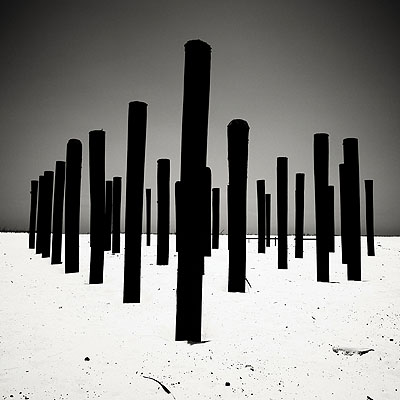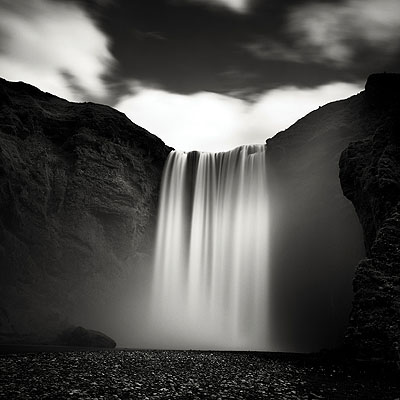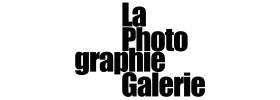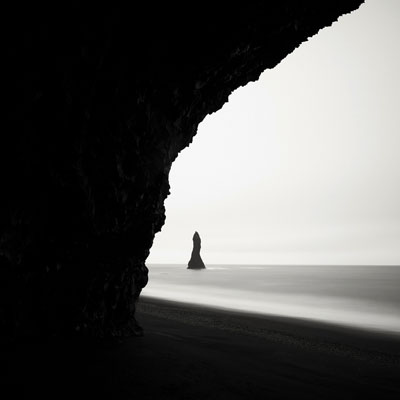
Josef Hoflehner »
Exhibition: 11 Sep – 7 Nov 2008
Young Gallery
75b Avenue Louise
1050 Brussels
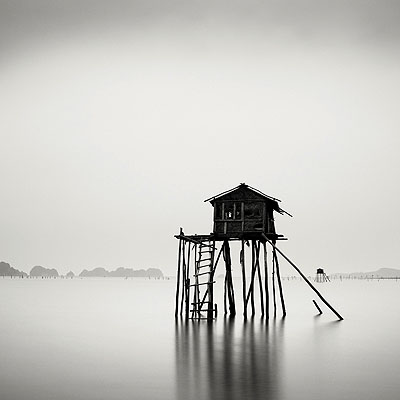
Josef Hoflehner (1955) lives in Austria but works everywhere. He started his photographic carriere more than 30 years ago and worked succesfully as freelance photographer for many years, specialized in stillive and interior photography. From the early 1990's he began to travel to the remote areas of the world, where he mostly worked with his prefered large format cameras. Since then, Josef worked on all continents to capture the world, almost excusively in black and white. Josef has exhibitied his work internationally and is represented by leading photography art galleries worldwide. He has nine monographs to his credit, and was featured in a large number of magazines and newspapers. On the occasion of an exhibition of his Antarctic work in London, the Financial Times wrote in it's review: "... this is one of the finest exhibitions of a certain kind of documentary photography that we could possibly be invited to see." Awards 2x German Photography Book Award (2004, 2005) Austrian State Prize (2004) International Kodak Photo Calendar Award (2006) Nature Photographer of the Year (IPA - 2007) "Josef Hoflehner takes a landscape and turns it into art."- Elizabeth Roberts, Black & White Photography Magazine, UK Words by Francis Hodgson A certain kind of photography returns to the landscape some of those qualities which the eighteenth century thought of collectively as the ‘sublime', in which grandeur and proportion are offset by a certain sense of horror, and the awful power of nature is the measure of the true littleness of man. Photography is always more or less literal, but this kind of landscape makes no apology for demanding always to be treated also as metaphorical. Josef Hoflehner is becoming one of the most distinguished exponents of this kind of landscape. You cannot look at Hoflehner's tiny Statue of Liberty on its swampy island without thinking of those lagoony cultures which dot the world, Venice foremost among them, where the works of man are always under immediate threat. We have become used, since 11th September 2001, to thinking of Manhattan threatened. Seen like this, a rise in Atlantic water level of no more than a few inches looks like a permanent dreadful risk. Hoflehner has a gift for this kind of thing, and he also works very hard at it. Modern sublime photography has a variety of origins. There is a British lineage whereby black-and-white is as a much a moral spectrum as a chemical one. The landscapes of Bill Brandt, their contrast ever-increasing as he grew older, are forerunners, and Hoflehner certainly inherits some of their manner, perhaps via such great developers of the Brandtian line as Michael Kenna. Another line comes ultimately from pre-photographic arts in Japan, calligraphy or wood block, and is passed on through the great poets of the less-is-more such as Hiroshi Sugimoto or Shoji Ueda. Yet another tradition derives from nineteenth century landscape photography. Hoflehner's treatment of water, in particular, harks backward with his lovely long slow exposures giving water back its fluidity after so many years of being frozen at 1/250th sec. None of this is accidental. Hoflehner's materials are sparse but his messaging is wonderfully rich. The best of his pictures can be looked at again and again, precisely because they ask us as viewers to test our conclusions and check our metaphorical reading. This tiny tree, propped up by a taut support on either side: is it a prisoner or a patient? Those huge numbered concrete tidal defences in geometrical shapes: futile playthings for the next storm, or final vindication of Canute? Not the least of the many virtues of Hoflehner's pictures is that they simply insist that you be engaged when you view them. You may not be able to tell Josef Hoflehner's politics on a simple arc from right-wing to left-wing, but you will certainly see an active engagement with the land and with what we do to it. This is not the photography of someone who wants us merely to see that he is right about this or that; there is plenty enough of that in the world already. More sympathetically, this is the photography of someone who wants us to ask ourselves if we have allied quite enough thinking to our viewing before we trust our conclusions. In most photography, the air is transparent and takes no great part in how we see things. In Hoflehner, the air always has a density of its own, and we must strain to part it with our eyes. It's not just that he particularly likes effects of condensation or of twilight, but more that he expects us to see as slowly as he does. He once made a series of studies of windsocks, those flappy orange cones on airfields which indicate wind strength and speed. To most of us, they are mildly recognisable objects which we see when we fly and then forget. Hoflehner made whole essays out of them. They became man-made structures in an apparently natural environment, they became visible manifestations of invisible weather, they were to some extent economic indicators, they were hard lines and soft all in the same trivial objects. This is his manner: to look for something to think about as well as something to see. We can be sure that the reason he invites us to see the finished selection is because he has found something, even perhaps something not very important, in every single view. There is a peculiar verb in English which doesn't decline very well, the verb to matter. Hoflehner expects his pictures to matter. They're pretty enough, of course they are, and a pleasure simply to sample with the eye. But if you think of any view in this collection merely as a pleasantly harmonious frameful of grey tones, you haven't done thinking about it. Because Josef Hoflehner photographs with the full resources of his wide culture fully engaged. This is not the photography of f/stops and film grades. This is the rarer photography, of someone who wants to address an audience and expects us to be moved and thoughtful in return. And in the proper sense of the word, it approaches the sublime. Francis Hodgson has been a photographic curator for many years; he is currently the photography critic for the Financial Times and Head of Photographs at Sotheby's.
